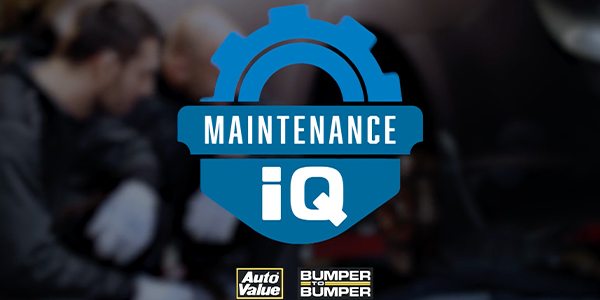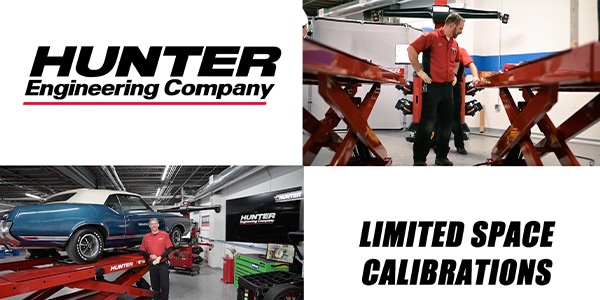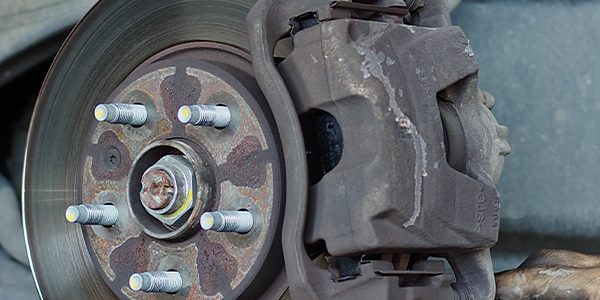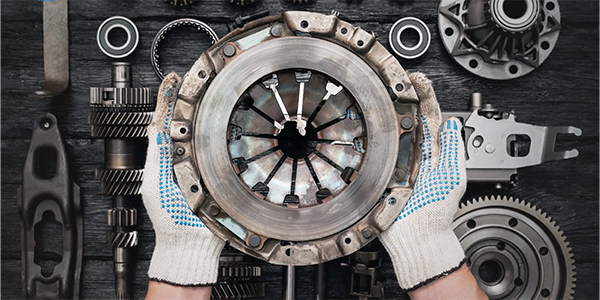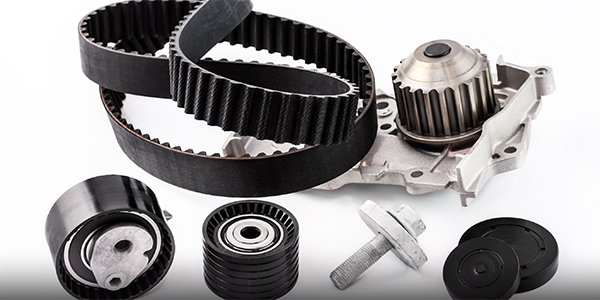CC: There’s not much more frustrating for a service advisor, or your customer, then not being able to explain why vehicle components are failing. When it comes to diagnosing rotating electrical assemblies, there’s a lot more than meets the eye.
One reason why alternators have a high failure rate is because they’re always working under a load. Generating electricity to recharge the battery, run the fuel pump, injectors and ignition system, and power all of the vehicle’s lights and other electrical accessories places a substantial load on the alternator generating a lot of internal heat.
Some manufacturers use underrated alternators that cannot produce adequate amperages at idle with high loads, though modern systems use load shedding to work around this.
If the charging voltage is low, or the alternator isn’t putting out enough current to keep up with the electrical loads that are placed upon it, don’t automatically assume the alternator is bad and needs to be replaced (unless you’re bench testing the unit out of the vehicle). Many times, an alternator is not working properly because of poor electrical connections in the charging circuit. Be aware, control modules turn off alternator output at times .
Loose or corroded connections on the back of the unit can increase resistance and restrict the current flowing through the circuit. So can broken or frayed wires inside a connector or the alternator wiring harness. The connectors and wires may appear to be okay visually, but unless you actually test them, you have no way of knowing if they’re making good electrical contact, and are clean, tight and undamaged. You may replace the alternator only to discover the new unit you just installed is also “no good.” Now you get to replace it again and, on some vehicles where the alternator is buried under a lot of other stuff, that can be a lot of lost time and labor.
You may be tempted to have your parts supplier bench test your customer’s old alternator (to confirm it’s bad) as well as the new alternator before you install it (to be sure it’s good). Be aware, some bench test units can give false results if the bench tester doesn’t have the latest software. The method is not reliable, so be prepared to get out your voltmeter and start checking voltage drops in the battery and charging circuit.
Starter failures are not very common these days thanks to fuel injection but they still can happen. If an engine won’t start for whatever reason (no fuel, bad gas, no spark or no compression) and is cranked continuously in a futile attempt to bring it to life, the starter can overheat and fail.
As with alternators, the cranking circuit needs to be thoroughly inspected to rule out all the other possibilities before replacing the starter. Starters also need to be bench tested to see if they’re good or bad before a new unit is installed.
Cranking problems can be caused by a number of factors, a low battery, loose or corroded cables or wiring, a broken or missing ground strap, a weak starter solenoid, a bad starter drive, a broken tooth on the flywheel, starter misalignment, a faulty ignition switch, a mechanical problem inside the engine, or even the wrong oil viscosity (oil too thick for cold temperatures) can make it impossible for the starter to do its job.
If a battery has been disconnected or allowed to run down, the anti-theft system may have lost its memory and will have to be reset with a factory scan tool before it will allow the engine to start.
Some suppliers say they often encounter high warranty returns on say the same thing, most of the of rotating electrical assemblies returned under warranty have nothing whatsoever wrong with them, they’ve often experienced oil intrusion from engine leaks. Whatever the cause, save yourself the embarrassment and hassle of a comeback by finding the real cause before attempting a parts swap.
This video is sponsored by The Group Training Academy.


